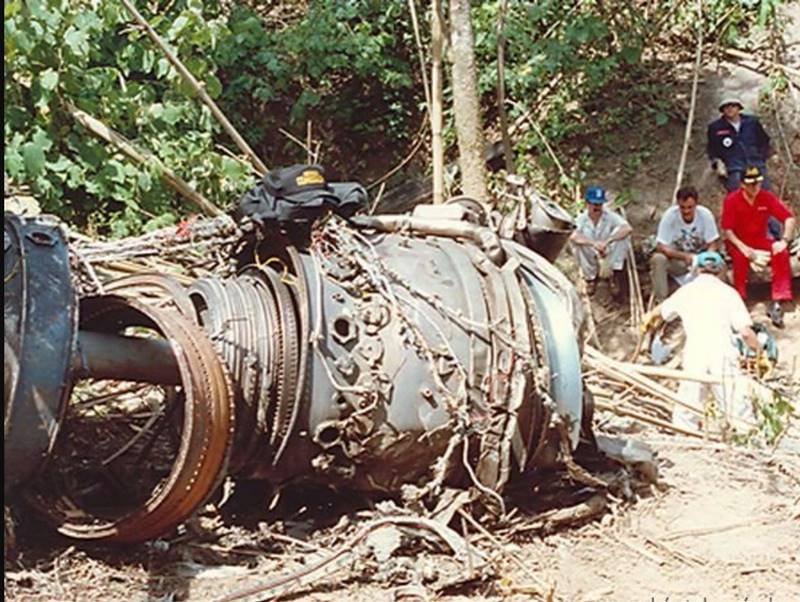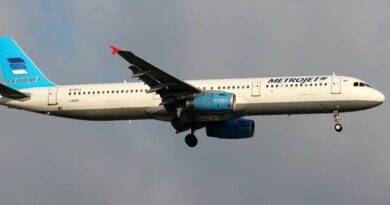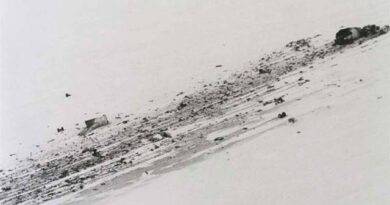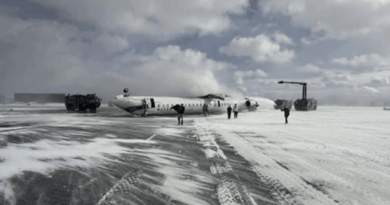Lauda Air Flight 004: The Plane That Exploded Mid-Air
Throughout the history of civil aviation, there have been many interesting cases that professionals haven’t been able to solve. For example, the Malaysian Airlines Flight 370; one of the greatest mysteries in civil aviation. The plane took off on March 8, 2014, but never landed, or at least on a surface that we would prefer. After over 8 years, authorities still haven’t been able to find the remains of the plane, let alone the reason for a crash.
Similarly, another plane that took off, but wasn’t able to land was Lauda Air’s Boeing 767, tagged Lauda Flight 004. From Bangkok’s Don Mueang International Airport (BKK) to Vienna’s Schwechat International Airport (VIE), Lauda Air Flight 004 was a regularly scheduled service on 26 May 1991.
After the takeoff, the plane broke up mid-air and exploded over Phu Toei National Park, Suphan Buri province, Thailand, killing 213 passengers and 10 flight crew.
The Day Of Accident, 26 May 1991
Flight NG004 (departing from Hong Kong’s Kai Tak Airport), a Boeing 767-3Z9ER with the registration OE-LAV and the airplane name Wolfgang Amadeus Mozart, departed from Old Bangkok International Airport (Don Mueang International Airport) at approximately 23:10 local time on May 26, 1991. The flight was piloted by Captain Thomas J. Welch and First Officer Josef Thurner.
The crew received a visual REV ISLN advisory signal 12 minutes after takeoff. It warned that the thrust reverser on the No. 1 engine “could trigger in-flight deployment… due to an additional system failure.” Since the 767 Emergency/Malfunction Checklist said that “No action necessary,” the crew chose not to respond right away. The No. 1 thrust reverser deployed nine minutes later, just as the aircraft approached FL310. The Boeing, designated “Mozart,” lost control and crashed. At a height of around 2000 metres, the plane’s fuselage landed at a 45-degree angle into the woods and exploded. 19 kilometres away from the primary crash site, the cockpit and one of the aircraft’s wings were discovered.
With help from its Austrian and American colleagues, the Aircraft Accident Inquiry Committee of Thailand took the lead in the investigation into the disaster. Experts publicly guessed that a bomb must have been involved as they searched for every component of the jet, which had plainly split apart and detonated before crashing to the earth. Less than three years had passed since the Lockerbie bombing, but the idea of sabotage was still very much on people’s minds. The Los Angeles Times even published a piece with the headline “All Evidence in Thai Air Crash Points to Bomb.” All of that, however, changed just a few days into the investigation when investigators came across an extraordinary sight: the left engine of the 767 was resting on the forest floor with its thrust reverser clearly deployed.

source: cockpit voice recorder database
The left engine of the tragic 767 had really abruptly gone into reverse at 24,000 feet, pulling the jet from the sky in a matter of seconds, according to the evidence that emerged when investigators examined the debris and the cockpit audio recorder. Since there are still open doubts regarding whether Lauda Air might have averted the accident, there was a great deal of discussion over how and why this failure occurred and why the pilots were unable to recover. However, one thing became apparent in the end: dangerous presumptions had been made regarding the thrust reversers on many current passenger planes, and manufacturers all around the world needed to act now to prevent other casualties.
Nikki Lauda, the owner of the airline, came to Thailand and subsequently to Seattle during the official investigation’s eight-month duration to meet with Boeing. When the Thai investigators’ final report was made public, it stated:
“The Accident Investigation Committee of the Government of Thailand determines the probable cause of this accident to be an uncommanded in-flight deployment of the left engine thrust reverser, which resulted in loss of flight path control. The specific cause of the thrust reverser deployment has not been positively identified.”

source: motorsport.com
The Owner of Lauda Air: Niki Lauda
When mentioning the Lauda Air Flight 004, it would not be appropriate to not mention the airliner company’s owner: Andreas Nikolaus “Niki” Lauda.
The legendary F1 driver Lauda was born in Vienna in February 1949. After retiring from racing, he became a prosperous businessman. He started an airline (Lauda Air) in 1979, and most recently served as the non-executive chairman of the Formula 1 Mercedes team. He was essential in securing the services of British driver Lewis Hamilton, who has won five world titles.
Niki Lauda was one of the legendary F1 drivers of the 60s, and 70s. After his retirement, he became a businessman and founded Lauda Air. Lauda Air quickly became a noteworthy airliner company with charter flights all over the world.
Niki Lauda passed away in May 2019, spending his last days peacefully with his family.
Sources:
https://en.wikipedia.org/wiki/Lauda_Air_Flight_004
https://tailstrike.com/database/26-may-1991-lauda-air-004/
https://simpleflying.com/lauda-air-flight-004-story/


